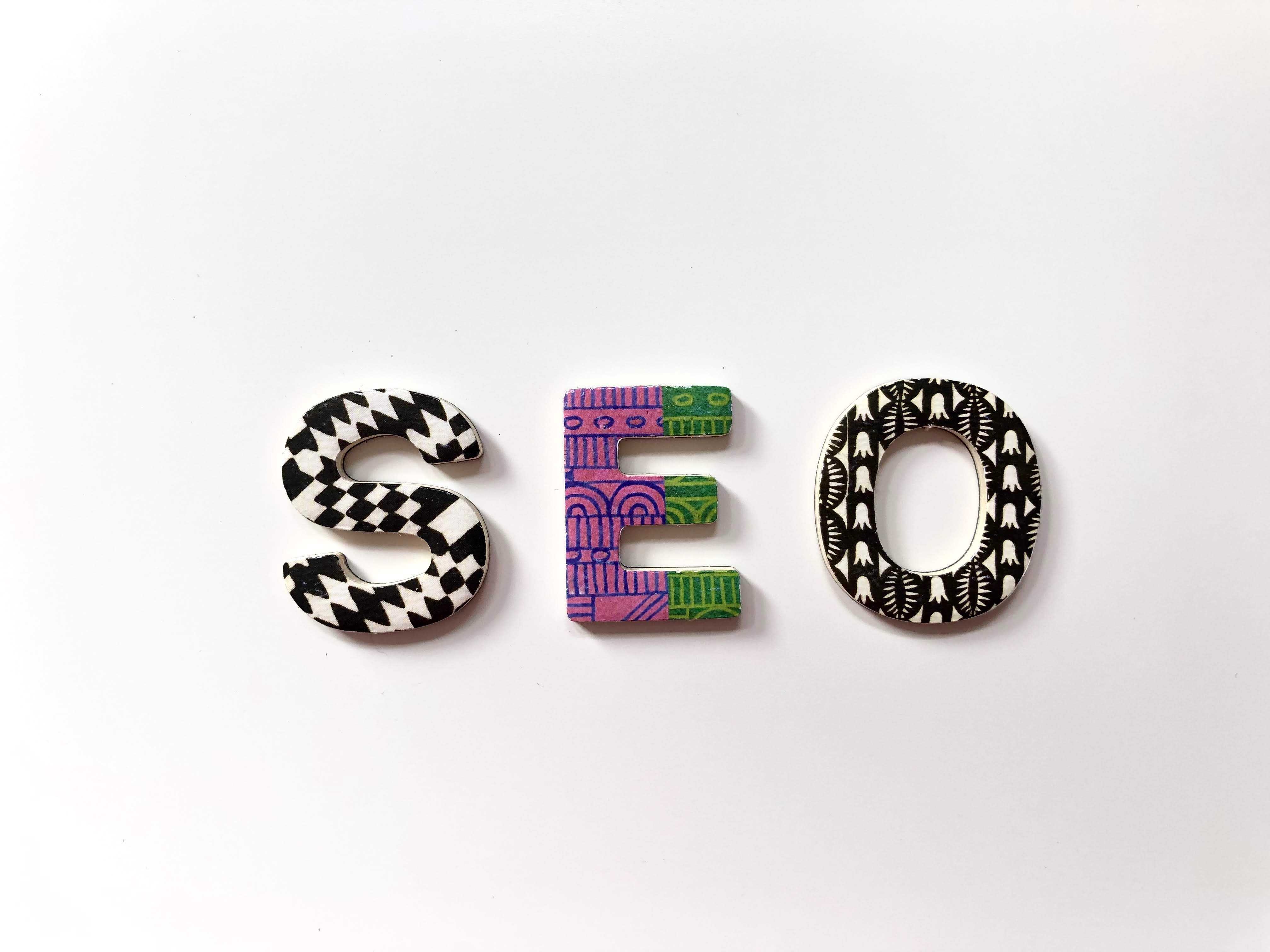What is SEO copy?
April 20, 2018 • Sophie Luo

The term “SEO copy” — like the term “search engine optimization” — is thrown around a lot these days. Usually inappropriately. You’ll often hear it in the same sentence as other equally obscure terms like “keyword density”, “latent semantic indexing”, “probabilistic latent semantic indexing”, “the Semantic Web” and “Web 3.0”.
Sounds terrifying, doesn’t it? Well it’s not. If you ask me, a lot of people throw around a lot of terms, in the hopes of bamboozling prospective clients. (I reckon the majority of people who so freely use these terms don’t even know what they mean!)
Don’t get me wrong; some of those complicated sounding terms are very relevant to some SEO copywriters. It’s just that they’re not relevant to all SEO copywriters. In fact, they’re relevant to only a small percentage of SEO copy projects: the really big corporate sites that are trying to rank in ultra-competitive searches, like “computer”, “car” and “hotel”. For everyone else, SEO copywriting is a lot simpler to grasp (although not necessarily simpler to do well).
And on that note, let’s jump in and get started!
Google learns from simple signals
Google wants to return relevant search results. (After all, great search results = more users = more people clicking on paid listings = more $ for Google.) But it isn’t very smart. Sure, it’s smarter than all the other search engines, but it’s nowhere near as smart as a human visitor. It can’t understand your page. It can’t infer. And it can’t make sense of pictures, color or music.
In other words, Google relies on some pretty simple signals to learn what your page is about, and to deduce whether it’s relevant to a search query.
If those signals aren’t present, Google won’t know how to index your pages, and your site won’t rank in the searches you want it to — no matter how relevant your content actually is.
You need to provide the signals
You need to make sure all the right signals are there, so Google can fully appreciate the relevance of your content.
Interestingly, those signals aren’t too different from the clues I gave you in the test above — the clues that helped you make sense of the kangaroo content, without actually reading it. Sounds unlikely, I know, but it’s true. Here’s why…
When Google comes to your page, it analyzes the words mathematically, and makes some educated guesses about the subject matter, based mostly on:
- Phrase frequency — Google assumes the most frequently used phrases on your page are a clue to your subject matter. So if you use the phrase “kangaroos and wallabies” a lot, Google will start to think your page is about — you guessed it — kangaroos and wallabies.
- Phrase location — Google assumes the phrases used in your headings, links, bold formatting, and bulleted and numbered lists are a clue to your subject matter. So, if you also use the phrase “kangaroos and wallabies” in those places, Google will become even more convinced that your page is about kangaroos and wallabies.
- Semantic relationships — Google looks for relationships between the above phrases, and between those phrases and the rest of your copy. i.e. Related words, similar words, parts, stems, and so on. You’ve already used “kangaroos and wallabies” a lot, and in key places. If you also use words like “roo”, “kangaroo”, “marsupials”, “macropod”, “joey”, “pouch”, “bounce”, “tail”, “rock”, “Australian native”, and so on, you’ll reinforce Google’s opinion that your page is really about kangaroos and wallabies. (This is where all the ‘semantic’ terms come from. e.g. Latent Semantic Indexing, the Semantic Web.)
Google’s logic, here, is that any page about kangaroos and wallabies will naturally feature the word “kangaroos and wallabies” a lot. And if it’s a helpful page, it’ll probably have “kangaroos and wallabies” in quite a few headings, bulleted lists, numbered lists, and so on. And if it’s an informative, authoritative page, it’ll probably contain a heap of related words (marsupial), similar words (wallaby), parts (roo) and stems (kangaroo). Most likely, it will also live in a neighborhood of pages — a ‘cluster’ — that are somehow related to kangaroos.
So those are the signals it looks for.
Moral of the story? To make sure Google does the right thing by your site — that it correctly identifies your subject matter and displays you in the right searches — you need to hold its hand a bit. Just as I helped you by adding some bold “Kangaroos” in my test above.
You need to decide what words you want to rank for — your ‘key-phrases’ — and you need to make sure Google encounters enough of these key-phrases in your copy. And that they’re in the right places. You also need to make sure Google uncovers the right relationships between each of those phrases, between those phrases and the rest of your copy, and between the various pages containing those phrases.
This is the ‘SEO’ part of ‘SEO copy’.
But readers are smarter than Google, so you can’t dumb it down too much
Google may need handholding, but human visitors certainly don’t. (Not as much as Google, anyway.) They’ll be able to tell, within a second or two, what your page is about. From the pictures, the layout, the navigation, the design, the music and the general ‘feel’. If you dumb things down too much, by peppering your pages with keywords in inappropriate places, you’ll instantly put your visitors off.
What’s more, there are times when even subtle optimization can cause problems for human visitors.
You need to write for both Google AND human visitors
I have a post dedicated to resolving the Google VS Visitor conflict. Using practical examples, I show you how to optimize adequately for the search engines, without making readability a nightmare.

